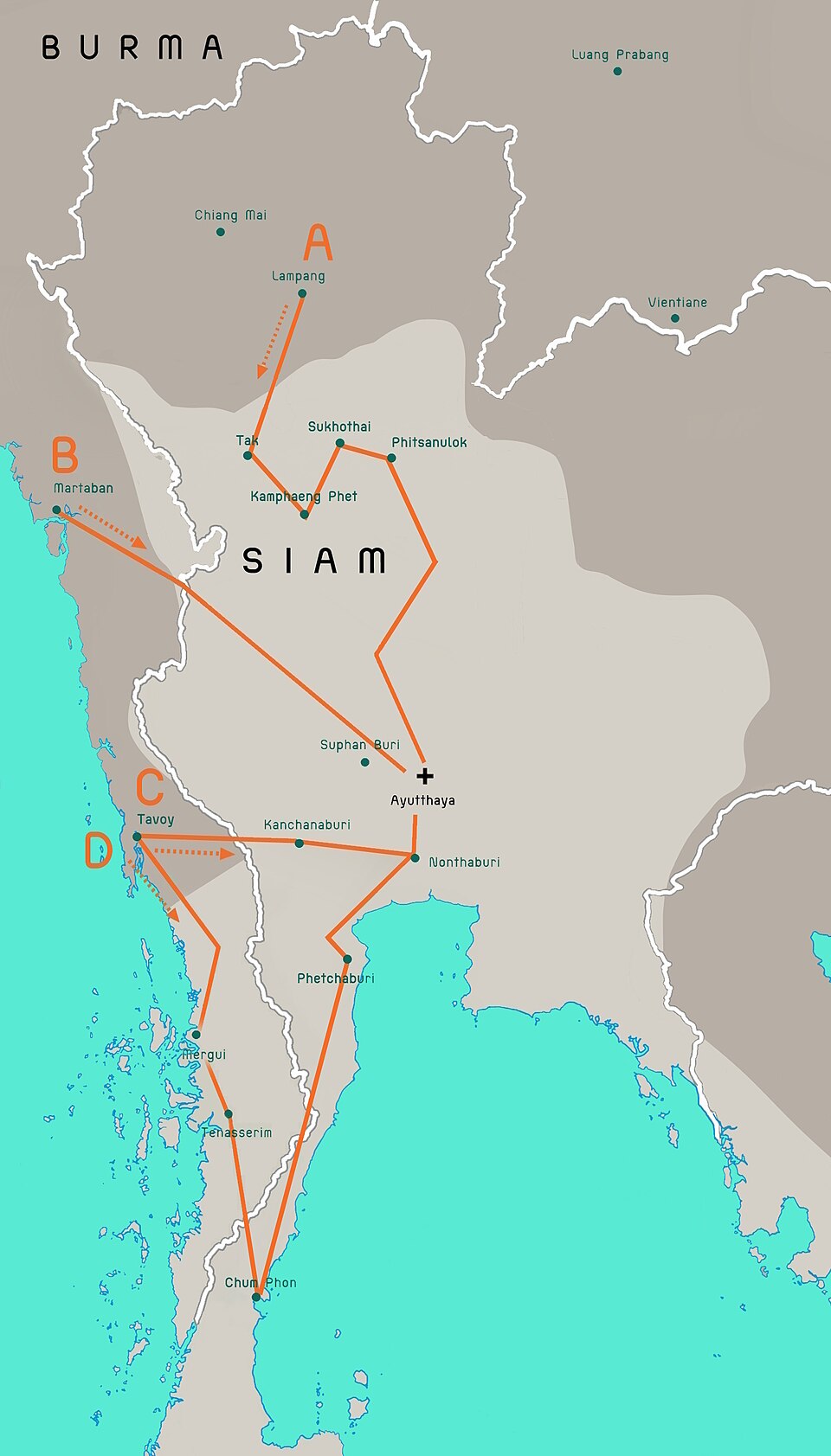Cambodia Reports First Fatalities in Escalating Conflict with Thailand

In a significant escalation of the long-standing border conflict between Cambodia and Thailand, Cambodian authorities confirmed the first fatalities as a direct result of the recent fighting. As of [insert date], the death toll has surpassed 30, marking a disturbing milestone in what has become the most intense confrontation between the two nations in years.
The conflict, which erupted over disputed border territories, has led to thousands of civilians fleeing their homes, seeking refuge along the border. Reports indicate that many of these individuals are now camping out in makeshift shelters, facing dire humanitarian conditions. According to the United Nations High Commissioner for Refugees (UNHCR), approximately [insert number] people have been displaced due to the violence, prompting urgent calls for international assistance.
The Cambodian government, led by Prime Minister Hun Sen, has condemned the violence and called for a peaceful resolution. In a statement released by the Ministry of Foreign Affairs, officials emphasized the need for dialogue to address the ongoing tensions. “We must prioritize the safety of our citizens and work towards a diplomatic solution,” stated [insert name], the Minister of Foreign Affairs.
Conversely, Thai officials have expressed their commitment to defending their territorial integrity. The Thai military has reportedly increased its presence along the border, asserting that they will take necessary measures to protect their national interests. General [insert name], a spokesperson for the Thai military, stated, “We will not tolerate any aggression against our borders.”
The historical context of this conflict dates back to a series of territorial disputes that have plagued Cambodia and Thailand for decades, particularly around the Preah Vihear Temple area, which has been a flashpoint for tensions. A 1962 ruling by the International Court of Justice awarded the temple to Cambodia, but both nations have laid claim to adjacent territories, leading to sporadic clashes over the years.
In light of the current situation, experts are warning of the broader implications of this escalation. Dr. Michael Thompson, an international relations scholar at the University of Sydney, argues that the violence could destabilize the region further. “This conflict not only affects Cambodia and Thailand but has the potential to draw in neighboring countries and disrupt regional trade,” he noted in a recent interview.
Economically, the fighting has already begun to impact cross-border trade, with reports of decreased movement of goods and increased military presence hindering commerce. The Asian Development Bank (ADB) has highlighted the importance of maintaining stability in the region for economic growth, especially considering the intertwined economies of Southeast Asian nations.
As the situation continues to develop, humanitarian organizations are calling for immediate assistance to those affected by the conflict. The International Committee of the Red Cross (ICRC) has reported that aid distribution is critical, as many families are without access to basic necessities such as food and clean water.
Looking ahead, the prospects for peace remain uncertain. Analysts suggest that without significant diplomatic intervention, the risk of further violence remains high. “Both nations need to engage in meaningful dialogue, and the international community must play a role in facilitating peace talks,” said Dr. Sarah Johnson, a professor of Peace Studies at Harvard University.
In conclusion, the conflict serves as a stark reminder of the fragility of peace in the region. The loss of life and the displacement of thousands underscore the urgent need for a resolution to prevent further tragedies. With both sides entrenched in their positions, the path to peace appears challenging but essential for the stability of Southeast Asia.
Advertisement
Tags
Advertisement




